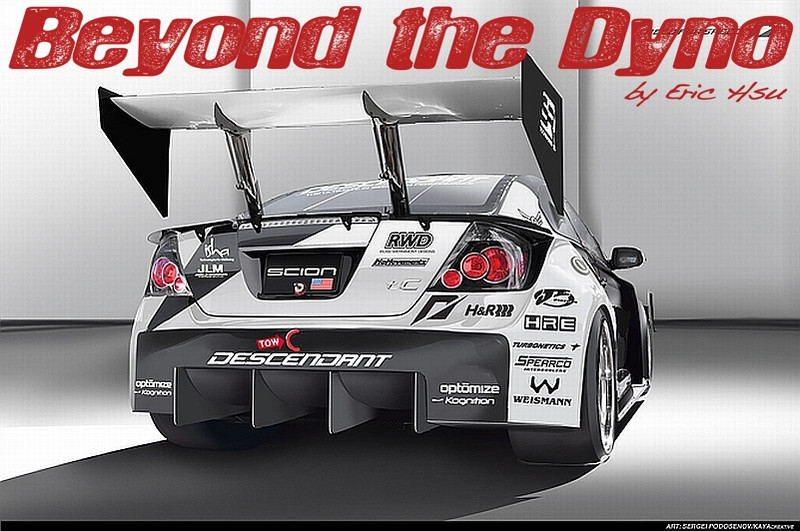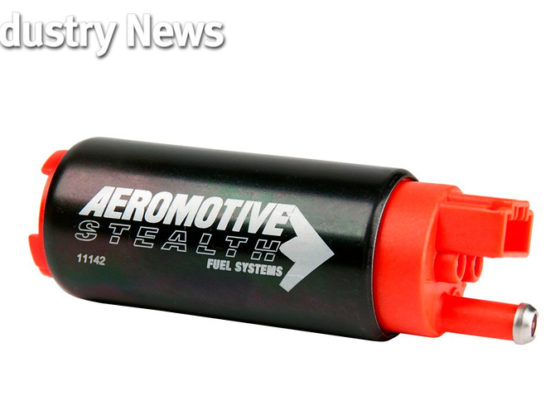
Pictures of Chris Rado's FWING 1.0 AWD Scion tC
by Eric Hsu
Unfortunately these pictures below were taken with a cell phone so the quality isn't all that great. I went to Rado's shop for a “Time Attack Summit” to discuss the future of Time Attack in the USA back on September 7, 2010. I wasn't expecting to take pics of the then fairly new FWING 1.0. None of this is top secret or anything since you could have seen the car at the track in the World Racing (WR) pits, but it's interesting to see how WR executed some of the car's details. Also keep in mind that since these pictures were taken over a year ago, that parts of the car may have changed since then.

The body of the WR Scion tC is beautifully crafted in carbon fiber. No expense was spared either. I suspect WR has some expensive molds hidden away somewhere for a Scion tC widebody. The paint and panel fit and finish are also very nice so the car definitely scores show points there. Sometimes aesthetics are overlooked and can lower a car's overall image. This car is pretty damn nice. It has air jacks on it which makes it convenient for the mechanics. For another time attack project I am working on, I axed the idea of using air jacks to reduce vehicle weight, but it will be a bigger pain in the ass to get the car in the air. You have to evaluate the pain in the ass vs. potential weight savings ratio I suppose.

I thought the fact that you could remove the rear quarter panels was cool too. 100% purpose built race cars are of course better than converted street cars with widebody fenders molded to the steel unibody with globs of bondo or hours of welding and grinding. The quarter panel is technically unnecessary since it is no longer a part of the unibody in cars like this. The cage is doing all the work. In this case it looks like the entire aluminum wheel well can be removed for cleaning too. You can see right in front of the wheel well is what appears to be a Odyssey 925 battery mounted low.

Ultra light dry carbon doors. WR fabricated the window frames that hold Lexan windows.

I'm not sure why this little hatch exists since there isn't much on the inside of it. Perhaps it's a pressure relief hatch that pops open when the cabin pressure gets excessive? You can see that even this little license plate sized hatch is made out of some kind of sandwiched honeycomb composite.



